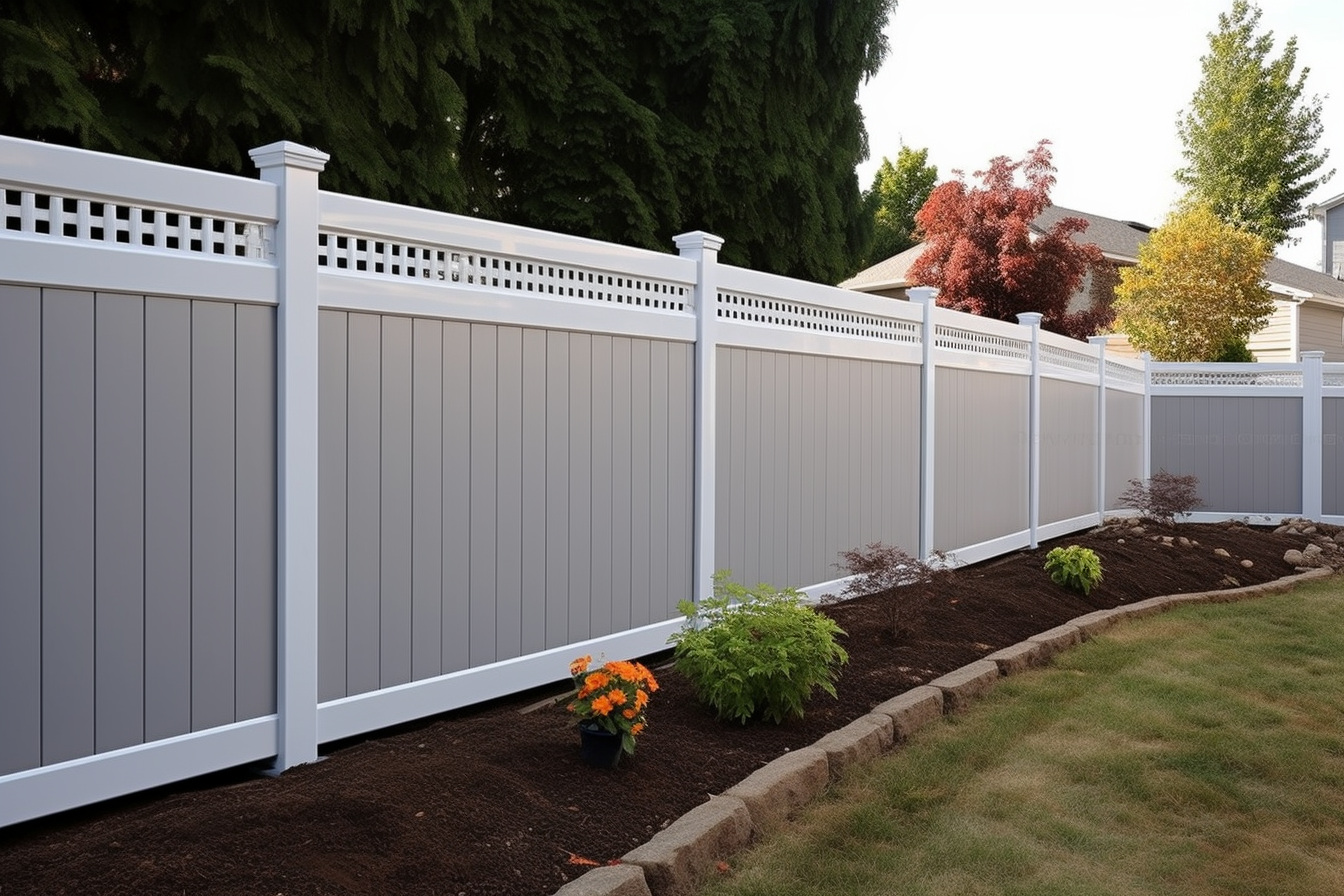Practical seasonal maintenance checklist for indoor and outdoor spaces
A seasonal maintenance checklist helps you keep indoor and outdoor spaces functional, comfortable, and attractive year-round. This guide covers essential tasks for landscaping, interior care, plant maintenance, patio upkeep, irrigation, and sustainable storage solutions to simplify planning each season.

Start each season with a focused checklist to avoid surprises and reduce long-term repair needs. Inspect structural elements, review insulation and weatherproofing, and update storage plans so tools and materials are accessible when needed. A routine that covers both interior and outdoor priorities—lighting, irrigation, mulch application, and decor refreshes—keeps a home safe and welcoming while supporting plants and pollinators.
Landscaping and yard maintenance
Regular landscaping work keeps yard areas functional and attractive. Seasonal pruning, debris removal, and checking fences and edging prevent overgrowth and pest habitat. Rake leaves in fall, remove dead branches in late winter, and seed bare patches in spring. Incorporate mulch to conserve soil moisture and moderate temperature swings, and think about native plantings to support local pollinators and reduce maintenance. If hiring local services for heavier tasks, schedule them in advance to match seasonal demand.
Interior upkeep and decor choices
Indoor maintenance includes inspection of insulation, seals around doors and windows, and HVAC filters. Check caulking in kitchens and bathrooms and repair any water stains promptly to prevent mold. Rotate decor and textiles seasonally to balance insulation and aesthetic needs—lighter fabrics in warm months, heavier textiles in cold months. Test smoke and CO detectors monthly and replace batteries annually. Proper storage of seasonal decor using labeled, moisture-resistant containers preserves materials and simplifies transitions between seasons.
Plants: seasonal care and potting
Houseplants and garden beds need seasonal adjustment. In spring, repot crowded houseplants and refresh potting soil; in summer, maintain consistent watering and monitor for pests. Reduce watering and protect tender species in autumn, and provide frost protection or move sensitive containers indoors ahead of the first freeze. For garden beds, plan rotations and companion plantings to improve soil health. Encourage pollinators by staggering blooms across seasons and avoid broad-spectrum pesticides that can harm beneficial insects.
Patio, lighting, and outdoor living
Patios and outdoor living areas should be checked for structural wear, cleanliness, and safe lighting each season. Sweep and power-wash surfaces as needed, inspect material joints, and reseal stone or wood finishes where recommended. Update lighting for shorter days with pathways and task lights for safety; consider energy-efficient LED fixtures and timers. Replace or store cushions and soft furnishings before prolonged wet or cold spells, and assess furniture materials for repair or treatment to extend lifespan.
Irrigation, mulch, and materials
Assess irrigation systems seasonally: flush lines in spring, check for leaks in summer, and winterize systems before freezing weather. Adjust watering schedules to seasonal rainfall and plant needs to conserve water. Apply mulch in spring or autumn to retain moisture, suppress weeds, and moderate soil temperature. Inventory materials like soil, compost, and hardware, and choose durable materials suited to your climate for long-term savings. For DIY repairs, keep a basic toolkit and materials organized for quick projects.
Sustainability, insulation, and storage
Sustainability improves comfort and reduces resource use. Inspect insulation and weather seals annually and upgrade where cost-effective to improve energy performance. Compost yard waste to return nutrients to the soil and reduce disposal. Create a seasonal storage plan: rotate tools and supplies so frequently used items are accessible, and store seeds, bulbs, and sensitive materials in appropriate conditions. Consider native landscaping, rain barrels, and smart irrigation controllers to support water efficiency and biodiversity.
Conclusion A practical seasonal maintenance routine balances immediate tasks with longer-term care for both indoor and outdoor spaces. By scheduling inspections, prioritizing plant health, maintaining irrigation and lighting, and organizing storage and materials, homeowners can preserve function, comfort, and ecological value across the year. Consistent, modest actions each season reduce emergency repairs and support a more resilient, sustainable home environment.





